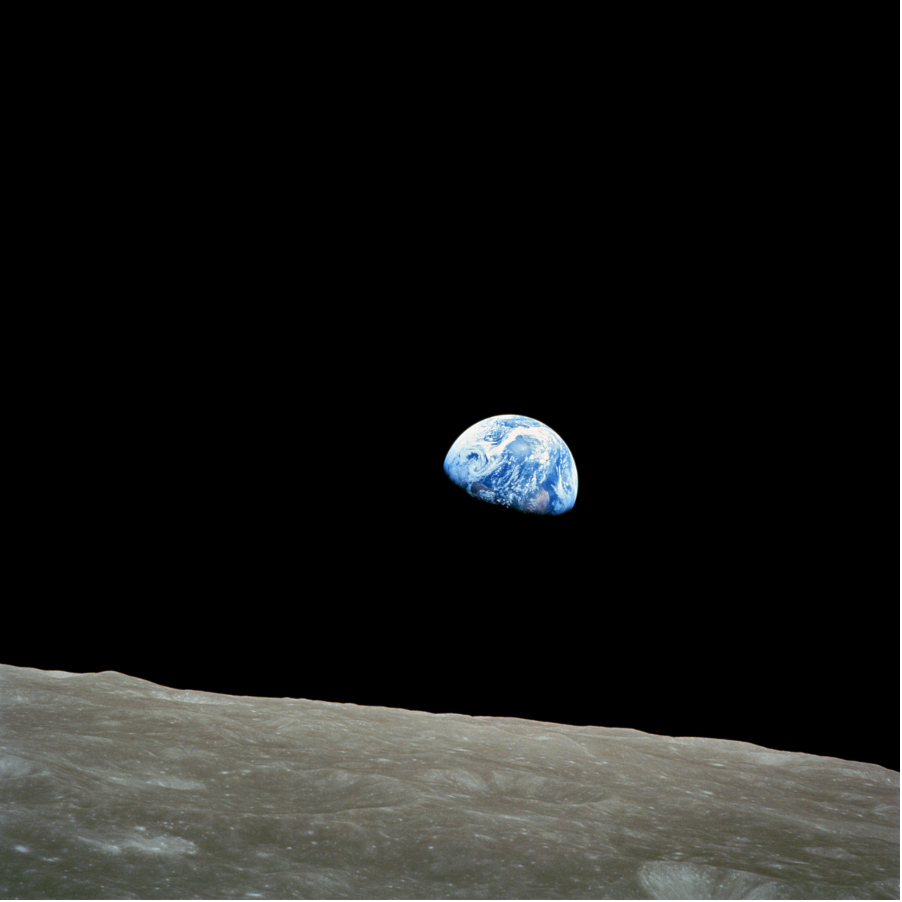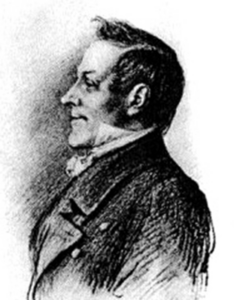Starry nights
(Poet's title: Die Sternennächte)
Set by Schubert:
D 670
[October 1819]
In monderhellten Nächten,
Mit dem Geschick zu rechten,
Hat diese Brust verlernt.
Der Himmel, reich gestirnt,
Umwoget mich mit Frieden,
Da denk ich, auch hienieden
Gedeihet manche Blume.
Und frischer schaut der stumme,
Sonst trübe Blick hinauf
Zum ew’gen Sternenlauf.
Auf ihnen bluten Herzen,
Auf ihnen quälen Schmerzen,
Sie aber strahlen heiter.
So schließ ich selig weiter,
Auch unsre kleine Erde,
Voll Misston und Gefährde,
Sich als ein heiter Licht
In’s Diadem verflicht,
So werden Sterne
Durch die Ferne.
On moonlit nights
Trying to challenge fate
Is something that my breast has given up.
The sky, richly star spangled,
Swirls around me in peace.
Then I think: Even down here
Many flowers flourish;
And, more cheerfully I turn my silent
(Though imprecise) gaze upwards
Towards the course of the eternal stars.
On them hearts bleed,
On them pain is suffered –
But they shine cheerfully.
Thus, contented I go on to conclude:
Our small earth, too,
Full of discord and danger,
Appears as a cheerful light
Woven into the diadem.
That is what stars become
Across a distance!
All translations into English that appear on this website, unless otherwise stated, are by Malcolm Wren. You are free to use them on condition that you acknowledge Malcolm Wren as the translator and schubertsong.uk as the source. Unless otherwise stated, the comments and essays that appear after the texts and translations are by Malcolm Wren and are © Copyright.
☙
Themes and images in this text:
Blood Chest / breast The earth Eternity Fate, luck and lotteries Flowers Gazes, glimpses and glances Harmony Hearts Heaven, the sky Here and there High, low and deep Near and far Night and the moon Noise and silence Pain Stars
When Galileo Galilei ‘turned his gaze upwards towards the course of the eternal stars’ he was surprised to discover worlds that were alarmingly similar to the earth. Ancient philosophers and theologians in his day had assumed that there was an essential difference between the world of change and decay that we appeared to inhabit and the eternal celestial realm above, which was untouched by human sin and consequently unaffected by corruption and distortion. Yet Galileo’s telescope revealed a moon that was not perfectly spherical, but which had mountains that cast shadows, and craters that appeared to have been formed as a result of collisions. Saturn appeared to be twisted out of shape and to change shape over time (depending, we now know, on whether or not the rings are aligned with the viewer on earth). Even the sun itself, the quintessential image of heavenly perfection, had spots which seemed to come and go with no regular, predictable pattern.
The Church was famously reluctant to accept the idea that the same laws apply both to the glorious stars up there and to our own paltry earth down here, yet the scientific revolution was unstoppable. By the end of the 17th century Newton had demonstrated that the motions of the planets and the stars could be explained using the same mathematical principles that applied to terrestrial mechanics. We happen to look out at the universe from our particular point in space, but this in no way privileges it. We are not at the centre since nowhere is central; the same universal laws apply everywhere.
This is what allows Mayrhofer to look up at the bright stars and imagine what they might be like close up. There is no reason to believe that things are as peaceful and as perfect up there as they appear from down here. Just as our own earth is a mixture of beauty and suffering, so will be those other worlds. Even our own miserable realm will appear to shine when looked at from a distance.

☙
Original Spelling and notes on the text Die Sternennächte In Mond erhellten Nächten, Mit dem Geschick' zu rechten, Hat diese Brust verlernt. Der Himmel, reich gestirnt1, Umwoget mich mit Frieden. Da denk' ich: Auch hienieden Gedeihet manche Blume; Und frischer schaut der stumme, Sonst trübe Blick hinauf Zum ew'gen Sternenlauf. Auf ihnen bluten Herzen, Auf ihnen quälen Schmerzen2 - Sie aber strahlen heiter. So schließ' ich selig weiter: Auch unsre kleine Erde, Voll Mißton und Gefährde, Sich als ein heiter Licht In's Diadem verflicht. So werden Sterne Durch die Ferne! 1 In the published edition of Mayrhofer's poems this word is 'besternt' (no essential change in meaning). It is impossible to know if Schubert made the change as he was composing or whether he was working from an earlier draft of the text. 2 These two lines are the other way round in the published version of the text.
Confirmed by Peter Rastl with Gedichte von Johann Mayrhofer. Wien. Bey Friedrich Volke. 1824, page 141.
To see an early edition of the text, go to page 141 [155 von 212] here: http://digital.onb.ac.at/OnbViewer/viewer.faces?doc=ABO_%2BZ177450902


